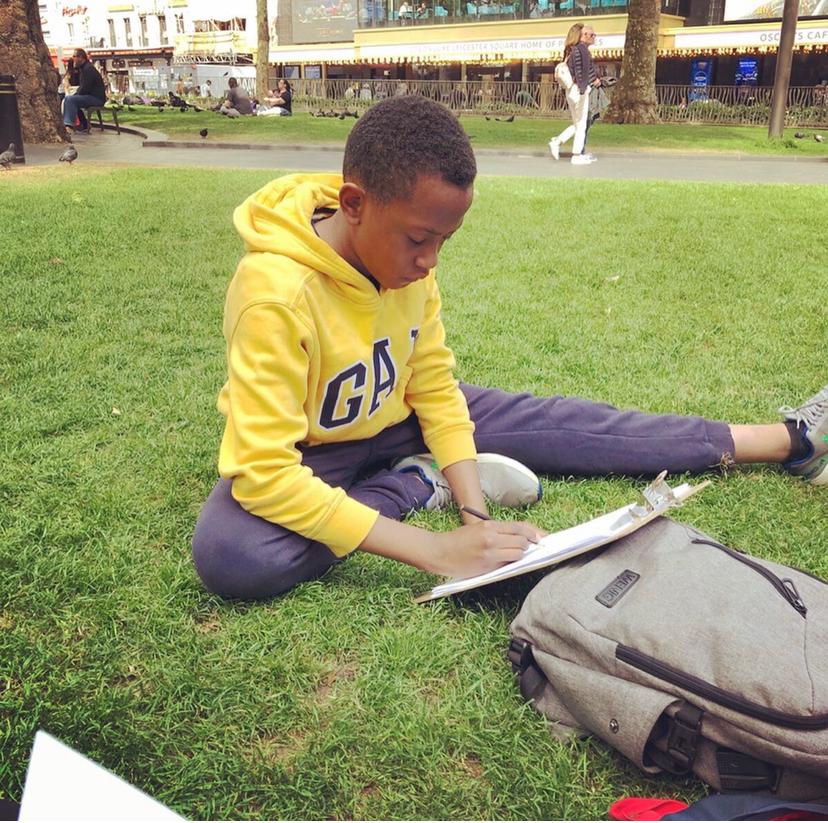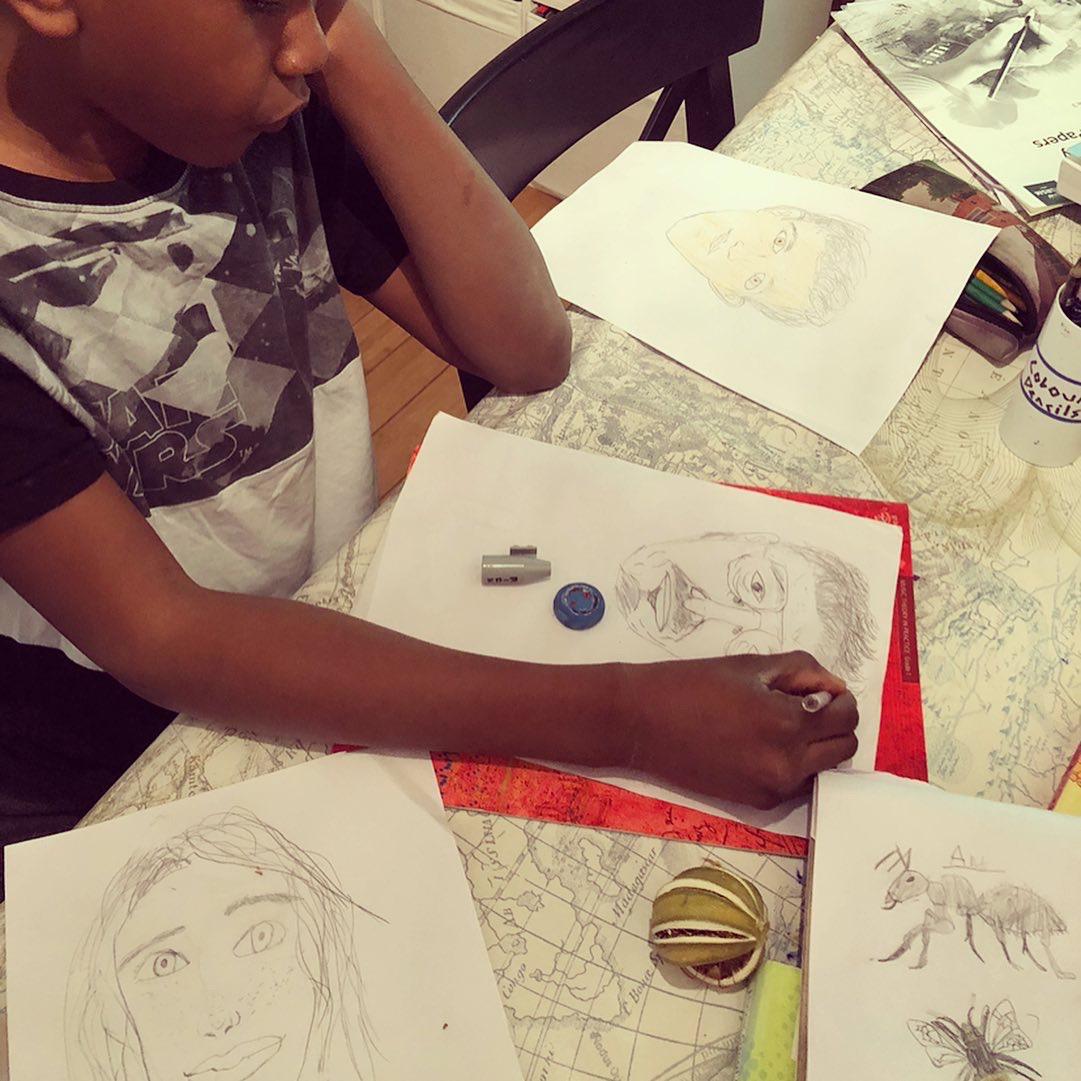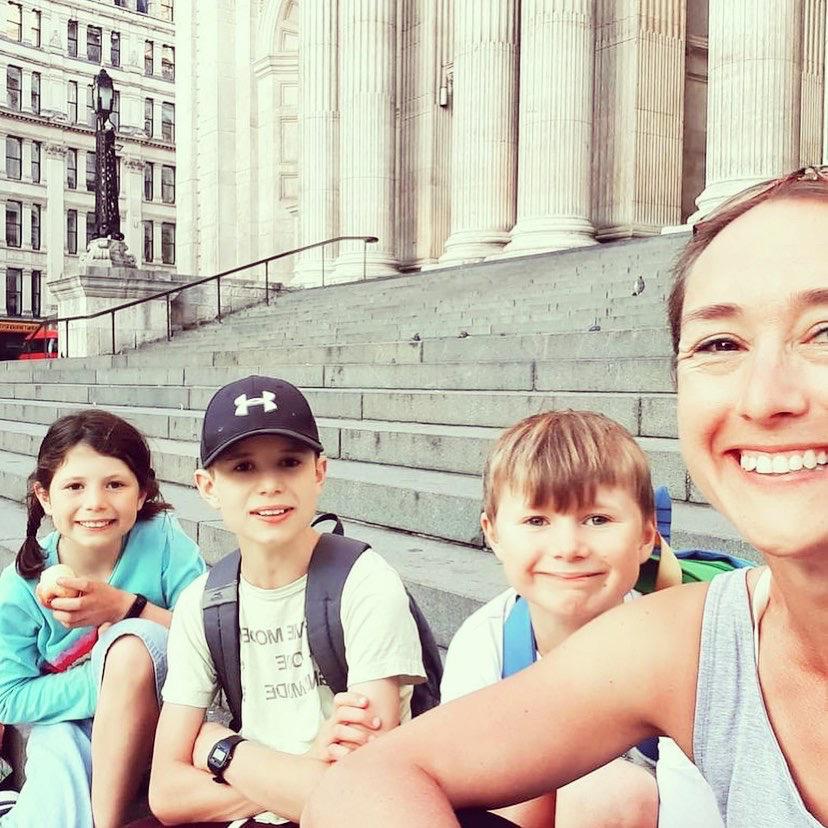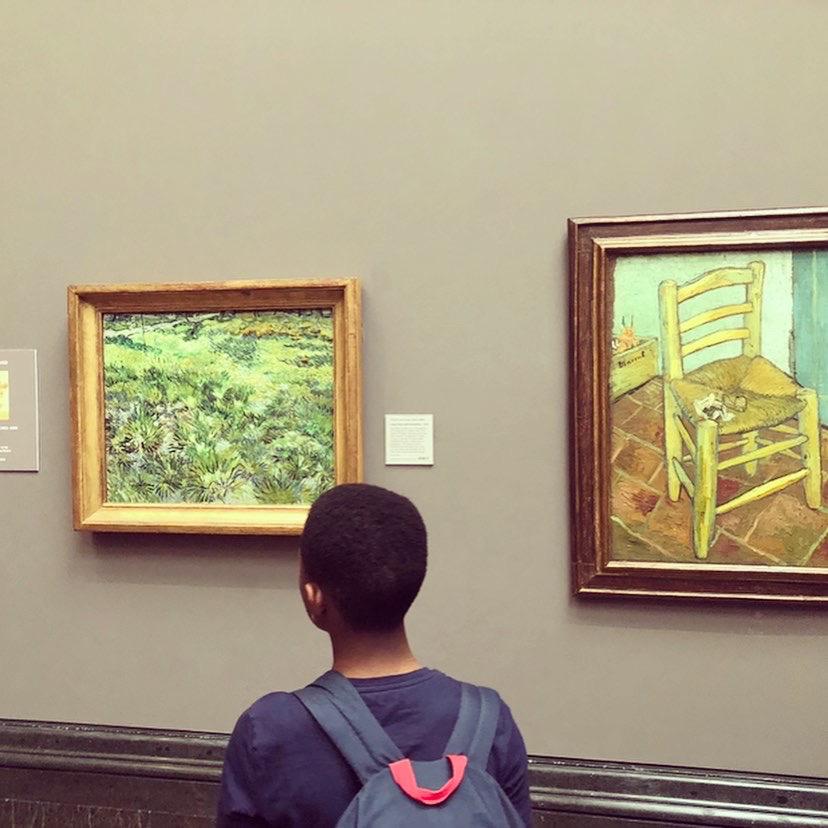


“He who works with his hands is a laborer.
He who works with his hands and his head is a craftsman.
He who works with his hands and his head and his heart is an artist.”
Saint Francis of Assisi
Have you ever wondered how some parents seem to effortlessly raise such artistic, creative kids, who are innately passionate about art and culture? I did for many years before discovering picture study. If like me, you’ve mulled over this thought, then this week’s podcast episode is for you. https://anchor.fm/homegrownsonshine
On the podcast this week, I sat with the lovely Rebecca Jemmett, art historian, art study course creator and Home Ed mum of three from Bristol, as we excavated a treasure chest of nifty tips, insights and practical ideas to help put the oomph back in any lacklustre art study home. Rebecca’s art courses can found at https://www.meettheartistsfamily.co.uk/courses
Art is widely considered an effortless expression of our souls yet increasingly, because of the way it’s taught at schools, many us emerge into adulthood convinced we are no good at being creative or artistic. I know I felt like that for a long time until I began home educating. If you are a parent who feels this way, you are not alone. Don’t let your perception of your abilities deter you from facilitating your child or children’s creative or artistic expression.
Ken Robinson, one of the most well respected authorities on creativity, once this about the subject:
Some of the most brilliant, creative people I know did not do well at school. Many of them didn’t really discover what they could do—and who they really were—until they’d left school and recovered from their education.
In my home, despite not receiving any form of art education, I have actively encouraged my son’s creative interests without reservation. Being a visual and kinaesthetic learner, having-a-go through experiments, modelling, role-play and other representational art forms has been a major part of what makes HomeEd such natural route for him. We bring creativity into technology & science, architecture, music, film, literature, poetry, history, dance etc.
Discovering Charlotte Mason’s picture study or art appreciation as it is sometimes called, offered me an simple and pleasant blueprint to easily cultivate the artistic atmosphere I had much longed for in my home.
Charlotte Mason’s emphasis of educating the whole person i.e. mind, body and spirit has also spurred me to intentionally encourage my child to try his hand at a wide range of handicrafts. Over the years, we have explored whittling, clay modelling, cardboard creation, crochet, needle felting, sewing, as well as latest forms like coding, robotics and music production.
Yet, what has been the most fascinating part of our art/creativity journey for me, is art appreciation and art study. This is where I have come to learn the most alongside my son.
Through picture or artist study, we have been able to study the works of many artists including the great classical art masters as well as less known multicultural modern artists from black, Asian and South American backgrounds.
In my autumn term resource- #AliturgyofLove, I offer 10 easy steps that you could take to introduce your children to art study in 10-25 minutes. Yes, you read that right, you can lead your child’s artistic development even if you don’t consider yourself an art expert.
This easily accessible route to art appreciation is one of the reasons why I was so keen to speak to the talented Rebecca Jemmett on the podcast this week. As I anticipated, Rebecca did not disappoint in laying a grand feast of practical tips and ideas that could easily be implement to get your children enjoying art and artist study at home.
10 tips to bring out the spark in your art study rituals at home.
1. Print and cut out a selection of pictures to study- Pick an artist of choice to study and select a few of their picture to study in detail. Print or cut out photos and hang these for all to see.
2. Walk through the picture– Take turns to make up stories about your chosen picture as this makes the picture come alive for children.
3. Recreate the picture – You could this by role-playing, re enact the scene in the picture or creating a collage or painting one object or the entire scene of the picture.
4. Narrate a picture – Encourage your children to describe a whole or part of the picture from memory.
5. Read aloud a living book/story about your chosen artist – Reading about the artist’s life helps the children become familiar with the artist. Learning more about the context of the picture may help the children relate with or empathise with the particular struggles of the artist as they would a favourite character in a book. When reading, encourage your children to ask questions about the context.
6. Keep a monthly picture gallery – Do your best to put a gallery of your children’s best artwork. It helps builds their confidence and helps you notice their particular interests and course of progression.
7. Be ok with mess – If you struggle with mess like I do then this is good advice, create space and time when/where your children can express their creativity freely. Once they are done, they if age appropriate should be expected to clean up after themselves.
8. Invest in good art resources – Whilst I know first hand how difficult it can be to watch your kids misuse expensive art resources but part of their growth in artistic expression requires having nice and effective resources. So splurge but manage usage.
9. Go see some art as part of a feast – It’s been said before and worth saying again, nothing beats going to a museum/gallery an actual painting you’ve been studying.
10. Keep it moving – If your selected artist doesn’t appeal to your children, move on. Don’t labour over an artist that your children don’t enjoy.
Bonus Tip
Lastly, use a picture as a spine to link your art with other topics like history, geography, food -science of relations. Listen to the podcast to hear how Rebecca used Picasso’s Guernika to introduce her children to the historical context of the Spanish Civil War.
If you find these tips helpful please leave a comment below. You can also learn more about Rebecca’s art study study course here: https://www.meettheartistsfamily.co.uk/courses
Alberta Stevens


